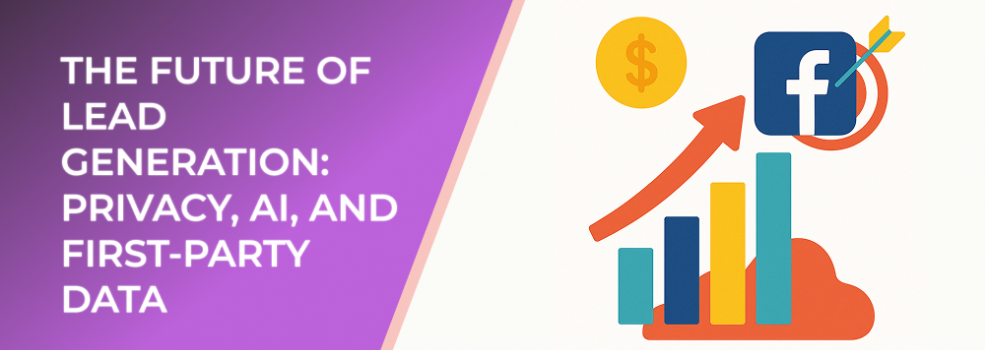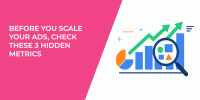Over the past year, Facebook’s advertising costs have increased by an average of 15%, according to Statista’s 2025 data. Many businesses see rising CPMs and fewer conversions because of over-saturated audiences and poorly optimized campaigns. However, brands that adapt their targeting and creative strategy still achieve up to 35% higher ROI than competitors relying on outdated ad methods.
ROI in paid social advertising is not just about reducing costs—it’s about improving efficiency. Every dollar spent should contribute directly to measurable results, whether that’s conversions, leads, or customer retention.
Step 1: Analyze Your Funnel and Audience Overlap
A common reason for low ROI is overlapping audiences. When multiple ad sets target the same group, they compete against each other, increasing costs. According to Meta Ads Manager benchmarks, reducing audience overlap can cut cost per result by up to 20%.
To fix this:
-
Use Audience Insights to identify duplicate segments.
-
Exclude previously targeted users when running similar campaigns.
-
Create distinct ad sets for different funnel stages—awareness, consideration, and conversion.
Step 2: Use Conversion API for More Accurate Data
The shift toward privacy and limited tracking means that relying solely on the Meta Pixel is no longer enough. Facebook’s Conversion API (CAPI) lets you send server-side data, ensuring more accurate conversion tracking even when browser cookies fail.
Meta’s internal studies show advertisers using both Pixel and CAPI experience 8–15% higher event match quality, leading to better optimization and higher returns.
Step 3: Focus on High-Intent Retargeting
Not all clicks are equal. The best-performing advertisers focus their budgets on users who have shown strong purchase intent. Retarget people who:
-
Viewed your product or pricing page.
-
Added to cart but didn’t purchase.
-
Engaged with your ads or videos.
Data from LeadEnforce campaigns show that retargeting audiences can deliver up to 45% lower cost per acquisition (CPA) compared to cold audiences.
Step 4: Test Creatives Regularly
Ad fatigue is one of the biggest ROI killers. A 2025 Meta report revealed that campaigns with monthly creative updates maintained 30% higher click-through rates (CTR) compared to those that reused the same visuals.
To stay competitive:
-
Test different ad formats—videos, carousels, and Reels.
-
Use UGC-style visuals to boost authenticity.
-
Rotate creatives every 3–4 weeks to avoid audience saturation.
Step 5: Optimize for Value, Not Just Clicks
Many advertisers still measure success by CTR or impressions. However, these metrics don’t always translate into profit. Instead, focus on:
-
Cost per Purchase or Lead
-
Customer Lifetime Value (CLV)
-
Return on Ad Spend (ROAS)
Analyzing these data points gives you a clearer picture of campaign profitability.
Step 6: Automate and Scale Smartly
Once you’ve found a winning setup, use Meta’s automation tools to scale. Features like Campaign Budget Optimization (CBO) and Advantage+ Shopping Campaigns can allocate budget automatically to your best-performing ad sets.
LeadEnforce data shows that advertisers using automation tools achieve 12–18% higher efficiency when scaling campaigns compared to manual optimization.
Final Thoughts
Improving Facebook Ad ROI in 2025 requires precision and adaptability. By refining audience targeting, tracking accurately, testing creatives, and optimizing for true business outcomes, you can maximize every advertising dollar.
For more Facebook advertising strategies, check out these related articles on LeadEnforce:

